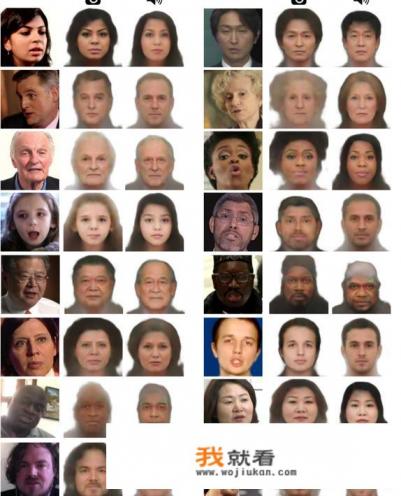
AI is a term commonly used to refer to the field of computer science and artificial intelligence that involves designing, developing, and implementing intelligent machines capable of performing tasks that typically require human-like cognitive abilities, such as perception, reasoning, learning, and decision-making. While there may be a confusion between the two terms, AI encompasses a broader range of subfields and applications beyond traditional machine learning and robotics, which often overlap with the term "AI." To understand what AI is, it's essential to differentiate its scope from the more specific abbreviation "AI." AI refers to a technology that enables computers to perform tasks equivalent to or surpassing those performed by humans in terms of intelligence, capability, and problem-solving abilities. It encompasses various methods, techniques, and approaches designed to create intelligent machines, including:

- Machine Learning: A subset of AI that involves training algorithms on large datasets to learn patterns, make predictions, and improve performance without explicit programming. In this context, an AI system can analyze historical data, identify patterns, and use these insights to develop models for making decisions or solving problems.
- Computer Vision: An interdisciplinary field that deals with enabling machines to interpret and understand visual information from images, videos, and other multimedia inputs. AI algorithms within computer vision enable systems to recognize objects, faces, shapes, and textures, as well as perform tasks like object detection, image segmentation, and facial recognition.
- Natural Language Processing (NLP): A branch of AI that focuses on enabling computers to understand, interpret, and generate human language. NLP techniques enable machines to analyze, store, retrieve, translate, and even generate natural language text, speech, or other forms of communication.
- Robotics: A discipline that combines engineering, mathematics, and computer science to design, build, and operate robots. Robots can be autonomous or semi-autonomous, depending on their level of autonomy and task execution. AI is essential in developing and operating robots, enabling them to perceive, reason, and interact with their environment using sensors, actuators, and software algorithms.
- Cognitive Systems: A concept that studies the interactions between humans and machines in order to enhance cognitive functions, such as memory, attention, planning, decision-making, and creativity. AI researchers aim to create artificial neural networks that mimic human brain structures and processes to develop systems that can perform increasingly complex cognitive tasks. In summary, while AI often conveys a broader understanding of machine learning, computer vision, natural language processing, robotics, and cognitive systems, it specifically refers to the technology that enables intelligent machines to perform tasks requiring intelligence and creativity, similar to human intelligence but utilizing advanced computational capabilities and mathematical algorithms.
